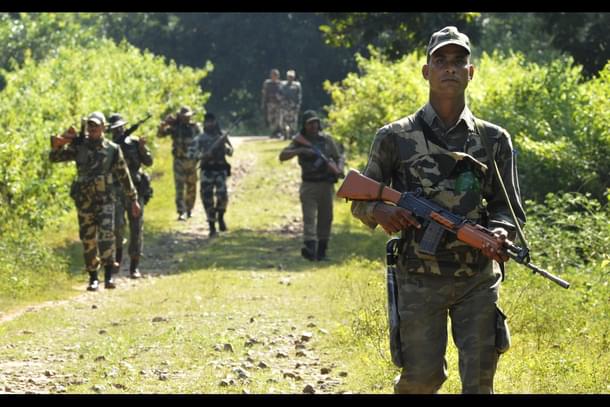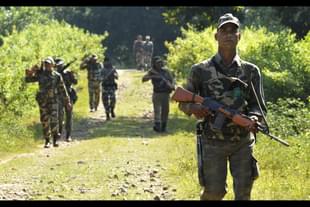News Brief
18 Naxals, Including Members Of Notorious Battalion Number One Surrender In Chhattisgarh’s Sukma
Arun Dhital
May 27, 2025, 05:38 PM | Updated 05:38 PM IST
Save & read from anywhere!
Bookmark stories for easy access on any device or the Swarajya app.


In a significant breakthrough for Chhattisgarh’s anti-Naxal efforts, 18 Naxals, including four operatives from the notorious Battalion No. 1, surrendered to police in Sukma district on Tuesday, ANI reported, citing officials.
The Chhattisgarh government is also providing rehabilitation (Niyad Nellanar) to the surrendered Naxals, aimed at encouraging militants to lay down arms and reintegrate into society.
“This is a major success in South Bastar, a region long impacted by Naxal violence,” stated Sukma Superintendent of Police Kiran G Chavan, as quoted by ANI.
He said that 18 Naxals had surrendered under the influence of the ‘Niyad Nellanar’ scheme. Four of them were from Battalion No. 1, while the rest were active in four different battalions operating in South Bastar. This particular battalion was the one that carried out a deadly attack in 2010, which killed 76 CRPF personnel.
Chavan also emphasised that the surrendered Naxals would receive full benefits under the state’s surrender and rehabilitation policy.
He further said that the surrendered Naxals would receive all the benefits provided under the state government's rehabilitation schemes and urged other Naxals to lay down their arms and join the mainstream.
The development follows a major encounter last week in Narayanpur district, where security forces neutralised 27 Naxals, including top CPI (Maoist) leader Nambala Keshav Rao, also known as Basavaraju, the group's General Secretary and head of its military commission.
Bastar Range Inspector General of Police P Sundarraj later revealed that the banned Maoist outfit had received external training and technological support. “Basavaraju played a key role in planning and executing violent operations. They even received training from other militant groups, including the LTTE,” he said.
Sundarraj added that the Maoists’ operational capacity has significantly weakened. He said that the Naxals had suffered significant losses in leadership, military strength, and territorial control, expressing hope that Naxalism would soon come to an end both in the region and across the country.





